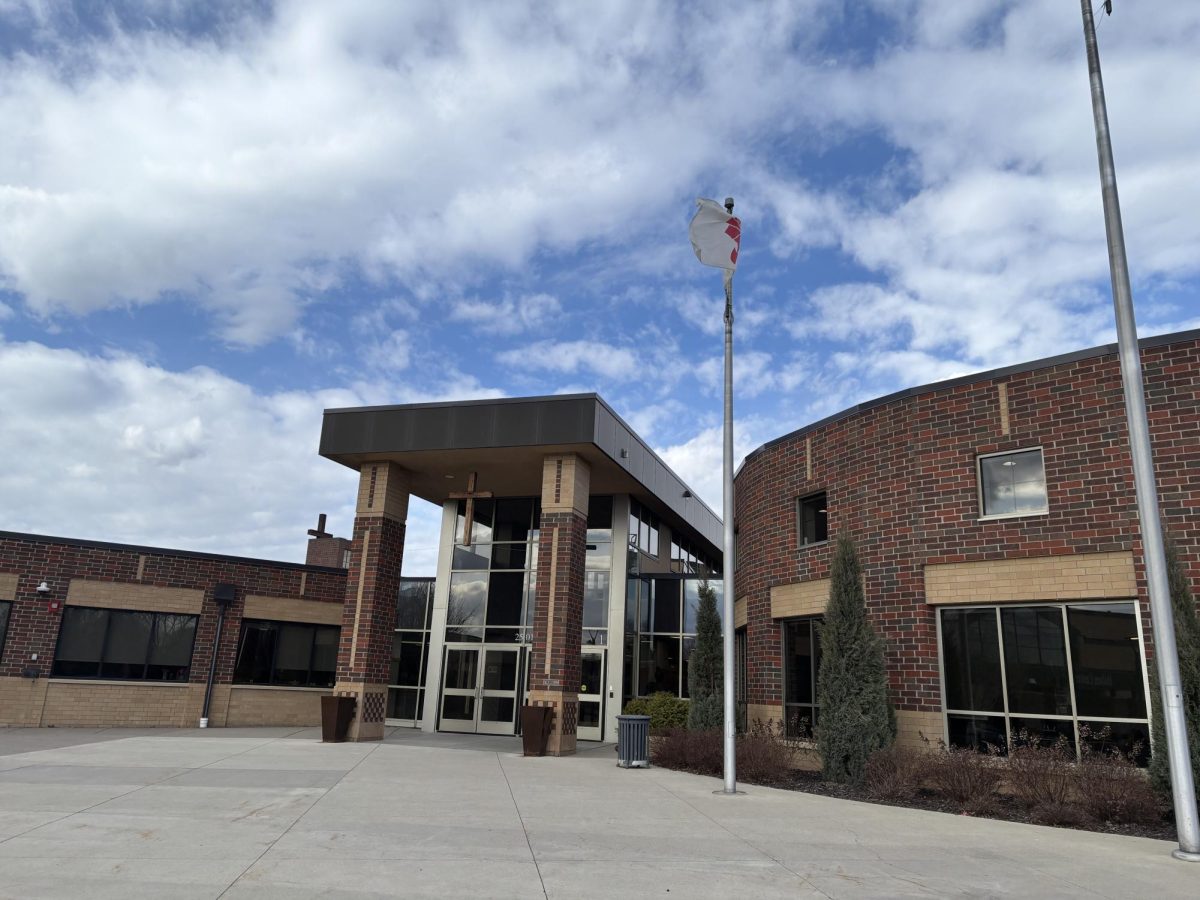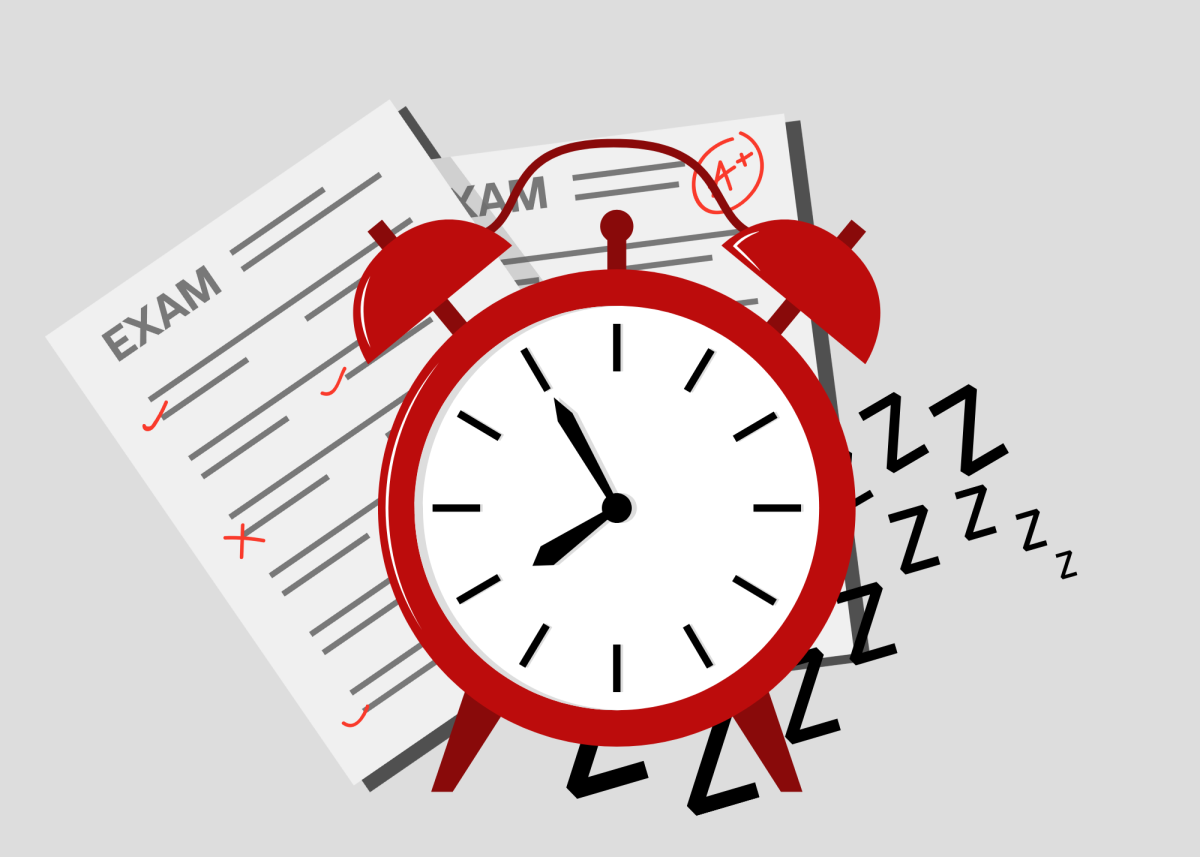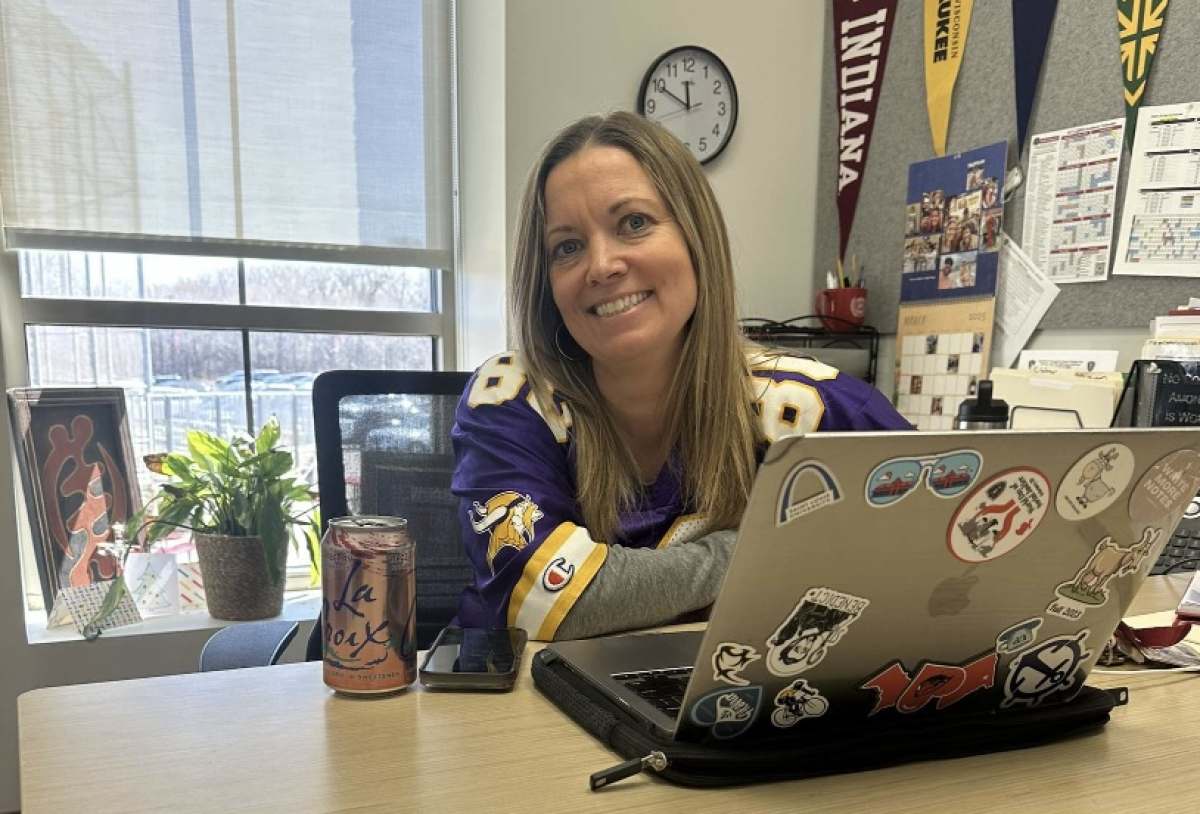The effects of Seasonal Depression
Depression and mental illness affects many individuals when the seasons start to change.
As the first snowfall and chilly weather have recently descended upon Minnesota, all anticipate what’s coming ahead. More snow, less light and quick changing emotions. Seasonal depression is a reality for many individuals at BSM.
Seasonal Affective Disorder (SAD) is a mental illness that causes mood swings when seasons change. SAD usually takes effect during the fall and winter, but it can also occur in spring and summer. With snow falling constantly and less sunlight during winter days, the blues are more common than one might expect. Happening around the same time every year, SAD affects more than 5% of the US population usually in northern states.
SAD can be caused by a variety of factors, mostly to do with sunlight. People tend to wake up later and take longer to get ready, which can cause low energy levels throughout the day. When the energy levels decrease, people tend to eat more, specifically sugary treats and starches, which can cause weight gain. The lack of sunlight may also throw off the body’s internal clock, leading to feelings of depression. The levels of melatonin in the body can shift as well, causing imbalance in sleep patterns and mood. Our internal clock is known as the circadian rhythm, telling us when to stay awake and when it is time to rest. During the winter when there is less sunlight sleep schedules can get disrupted, causing depressive symptoms.
Symptoms of SAD vary from person to person, but some of the most common side effects are loss of interest, low energy, sleeping problems, change in appetite or weight as well as difficulty concentrating. Symptoms also vary due to the type of SAD. Fall-winter symptoms include oversleeping, change in appetite, weight gain, and tiredness. Spring-summer symptoms include trouble sleeping, poor appetite, weight loss, agitation, and anxiety.
Senior Bridget Yazvec is one of the few people who experience SAD during the spring and summer. “During the school year I am constantly around people. I see them everyday, but in the summer I maybe see my friends a few times a week if at all. This makes me anxious because at times I feel disconnected from everyone and social media doesn’t help,” Yazvec said.
Although it may only appear during one or two seasons of the year, complications can occur if not treated. These may include socially withdrawing, issues in school or work, alcohol or drug abuse, other health problems such as anxiety or eating disorder, and suicidal thoughts or behaviors. Some of the unavoidable risks include being female, living far from the equator, family history, bipolar disorder, and young age.
The diagnosis for SAD can be difficult because a majority of the symptoms are similar to the symptoms of depression and other mental health disorders. Evaluations typically include physical exams, blood tests, and psychological evaluation. Treatments for SAD are also significant, because having other mental disorders and treatment for SAD can sometimes trigger panic attacks. Treatment usually includes light therapy, medication, psychotherapy, and mind-body connection such as meditation.
Although anxiety and depression share common symptoms with SAD, the therapy is very different. With anxiety and depression, one is able to talk out their feelings and find the basis of the problem. With SAD, it comes with the season or the stress, so it is harder to be able to talk out the source of the problem. People are encouraged to create a space at home where they can relax, or find an activity that they can unwind with. “At home I try and create a peaceful space to come home to. I figure if I shut myself in my room a lot, my room should at least be a place for me to unwind… Also, I keep a journal and write poetry. It helps me to express my emotions without turning to worse things that I have turned to in the past,” senior Tia Sposito said.
For BSM students, winter is also a time where academics ramp up with intensity. Finals, tests, and retakes can become overwhelming and put pressure on students to meet the standards they are given. It can also be a difficult time for students to balance family, friends, school, and activities. But BSM students often reach out to upperclassmen, teachers, campus ministers, or counselors. Teachers can help by being flexible and accommodating due dates and schedules, counselors are able to communicate with parents and teachers, and campus ministers are able to give faith advice. “Last year I dealt with it bad and I ended up getting a few projects pulled back. Some of the most supportive teachers I’ve had were the ones I had freshman year, and I can always go to Dr. Steffenson,” junior Em Paquette said.




































![Teacher Lore: Mr. Hillman [Podcast]](https://bsmknighterrant.org/wp-content/uploads/2025/03/teacherlorelogo-1200x685.png)





